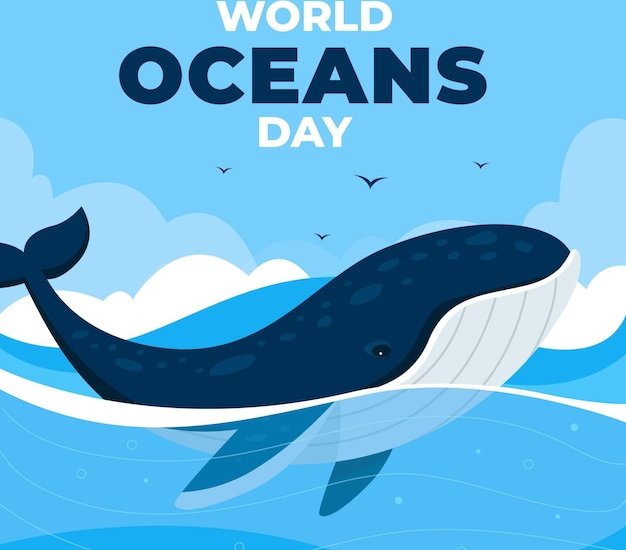Christmas Fun Facts

Did you know that Santa Claus actually originated from Saint Nicholas, a 4th-century Turkish bishop who was known for his generosity?
In Germany, it is customary to hide a pickle ornament in the Christmas tree, and the child who finds it receives an extra gift.
The world’s largest Christmas stocking was over 106 feet long and 49 feet wide – you would need a lot of presents to fill that!
The tradition of hanging stockings by the fireplace comes from the Dutch custom of leaving shoes out for Saint Nicholas to fill with treats.
The most popular Christmas song, White Christmas, was written by Irving Berlin in 1940 and has since been covered by over 500 artists.
The first printed mention of a Christmas tree dates back to 1531 in Germany.
Christmas trees take an average of 7 to 10 years to reach their harvesting size.
The world’s tallest Christmas tree was a Douglas fir standing at 221 feet in Washington state.
Santa Claus has different names around the world, such as Father Christmas in England and Pere Noel in France.
The official world record for the most lights on a Christmas tree is 374,280.
The first Christmas stamp was issued in Canada in 1898.
Christmas was not celebrated in England between 1647 and 1660, due to Puritan beliefs.
The word Christmas comes from the Old English Cristes Maesse, which means Christ’s Mass.
Christmas stockings were traditionally hung by the fireplace to dry, as it was believed that Saint Nicholas would fill them with gifts.
Christmas Fun Facts part 2
The idea of giving gifts during Christmas originated from the biblical story of the three wise men bringing gifts to baby Jesus.
The first Christmas card was designed by John Horsley in 1843 and featured a family raising a toast.
The busiest shopping day of the year in the United States is often the day after Christmas, known as Boxing Day.
Candy canes were originally created as a way to keep children quiet during church services.
In Japan, it is customary to celebrate Christmas with a romantic dinner at KFC.
The world’s largest gingerbread house was built in 2013 and measured over 40,000 square feet.
In Greece, it is traditional to hang a wooden cross-shaped ornament known as a xylonite in the house during Christmas.
The Rockefeller Center Christmas tree in New York City is typically around 75 to 90 feet tall.
Christmas pudding, a traditional British dessert, dates back to medieval times.
The tradition of kissing under the mistletoe comes from ancient Celtic beliefs of the plant’s magical powers.
The first artificial Christmas tree was made by a company called Addis Brush in the 1930s using the same machinery used to make toilet brushes.
In Ukraine, it is common to decorate Christmas trees with artificial spiderwebs, as they are believed to bring good luck.
The largest snowflake ever recorded measured 15 inches in diameter.
The world’s largest snowball fight took place in Seattle in 2013, with over 5,800 participants.
In Iceland, it is customary to exchange books on Christmas Eve and spend the night reading.
The tradition of leaving milk and cookies for Santa Claus originated from an old Norse tradition of leaving food for the house elf.
The world’s largest Santa Claus parade is held annually in Toronto, Canada, attracting over 500,000 spectators.
Christmas is celebrated on January 7th in countries that follow the Julian calendar, such as Russia and Ethiopia.
The Guinness World Record for the longest Christmas cracker pulling chain involved 1,478 participants.
In Norway, it is common to hide a broom on Christmas Eve to ward off evil spirits.
The oldest known Christmas carol is Jesus Refulsit Omnium (Jesus, Light of All the Nations), written in the 4th century.
The tradition of Christmas stockings originated from the story of Saint Nicholas secretly giving gold coins to three poor sisters by dropping them through their chimney.
The world’s largest snow maze covers an area of over 29,000 square feet and is located in Warren, Vermont.
In Italy, it is traditional to celebrate Christmas with a big feast called La Vigilia, featuring multiple fish dishes.
The tradition of putting up a Christmas tree in homes became popularized by Queen Victoria and Prince Albert in the 19th century.
Christmas was not declared a federal holiday in the United States until June 26, 1870.
The first recorded Christmas celebration in North America took place in St. Augustine, Florida, in 1565.
The Poinsettia is named after Joel Roberts Poinsett, the first US Ambassador to Mexico, who introduced the plant to the United States in the early 1800s.
The largest advent calendar ever created was displayed in Stuttgart, Germany, measuring over 70 feet tall.
Electric Christmas lights were invented by Thomas Edison in 1880, but they didn’t become popular until the early 1900s.
The tradition of giving Christmas cards started in the 1840s with Sir Henry Cole, who commissioned an artist to design a card he could send to his friends and family.

